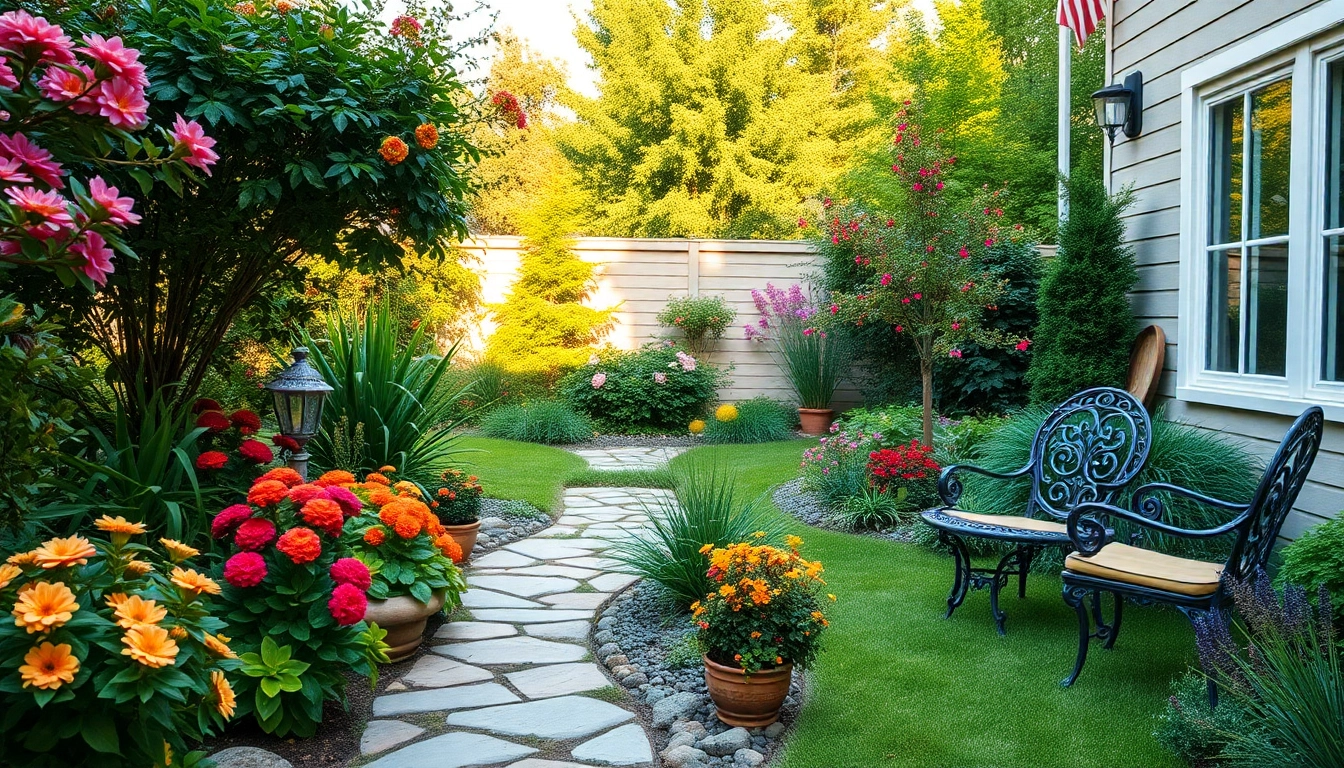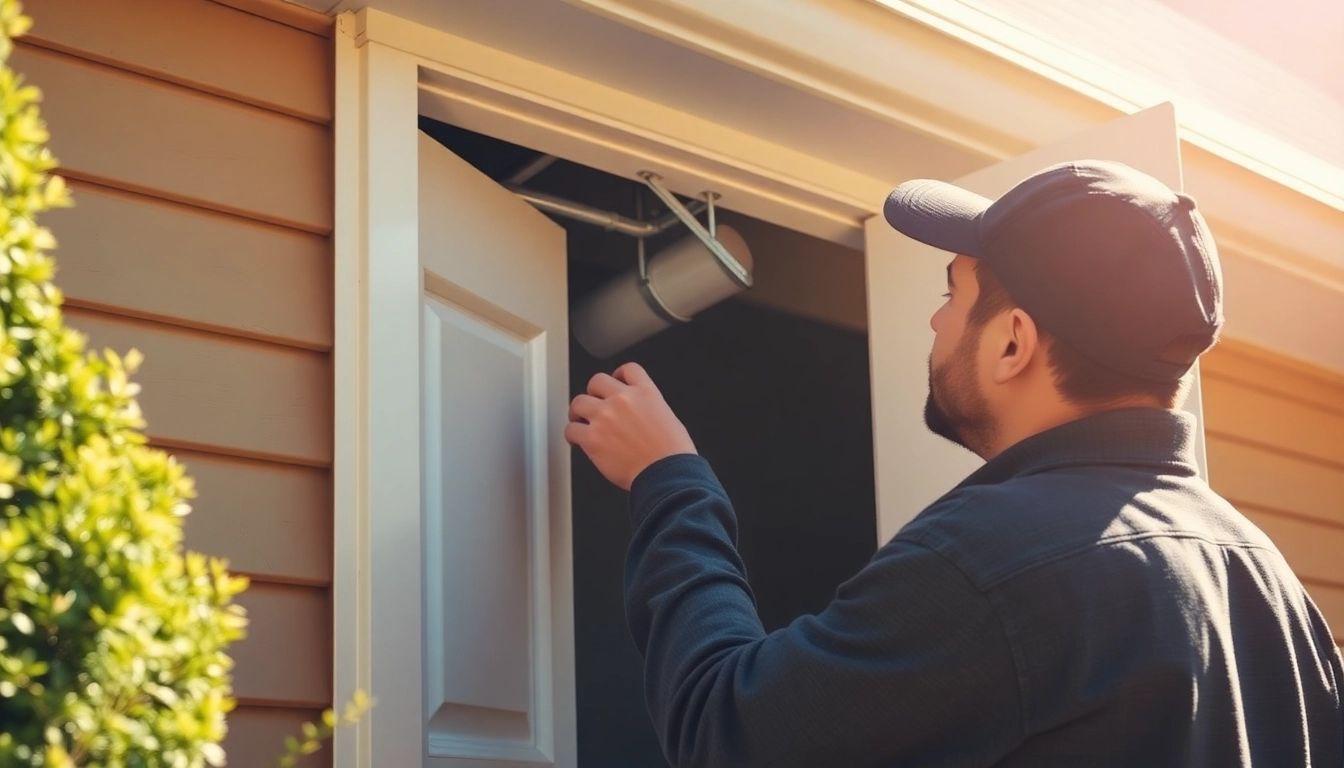Understanding Landscaping Company Pricing
When it comes to enhancing your outdoor space, understanding landscaping company pricing is key to making informed decisions. Landscaping services can vary significantly based on a plethora of factors, such as the complexity of the project, the materials used, and the specific services provided. This article delves into the intricate details of landscaping pricing, breaking down the components that contribute to the overall cost, to help homeowners and property owners gain a better understanding of what to expect when engaging landscaping professionals.
Factors Influencing Pricing
Several variables come into play when determining the pricing for landscaping services. Here are some of the primary factors that can affect costs:
- Project Scope: The size and complexity of the landscaping project significantly influence pricing. For example, a simple lawn maintenance task will cost less than a complete garden redesign.
- Materials Used: The type of materials — whether it’s sod, plants, mulch, stone, or hardscaping materials — can greatly impact overall costs. Higher quality or exotic materials often come with a premium.
- Labor Costs: Labor often constitutes a substantial part of the overall landscaping cost. Labor rates can vary based on the local market, the crew’s experience, and specific skill sets required for your project.
- Seasonality: Timing can also play a role. Many landscaping companies experience peak seasons during spring and early summer, which may lead to higher prices due to increased demand.
- Geographical Location: Where you live can significantly affect pricing, as costs vary between urban and rural areas, as well as regional differences in labor and materials.
Average Costs for Common Services
Understanding the average costs for various landscaping services can provide clarity and help you budget effectively:
- Lawn Care: Basic lawn care services, including mowing, edging, and fertilizing, can range from $50 to $150 per visit, depending on the lawn size.
- Landscape Design: Professional landscape design services may cost between $200 to $1,500 or more, depending on the complexity of the design and the services included.
- Plant Installation: The cost of planting new trees or shrubs typically ranges from $50 to $500 depending on the type and size of the plants.
- Retaining Walls: Building a retaining wall can cost between $1,500 and $5,000, largely depending on materials and size.
- Irrigation Systems: Installing an irrigation system can vary, costing between $1,500 to $3,500 depending on the size of your yard and the system’s complexity.
Geographic Variations in Pricing
Prices for landscaping services often reflect regional economic factors. For instance:
- Urban Areas: Cities typically witness higher labor costs and prices due to higher living costs. A landscaping service in New York will likely be more expensive than in a small town in the Midwest.
- Climate Influence: Regions with more extreme climates may incur additional costs for specialized plant species or materials that withstand harsh conditions.
- Local Demand: High demand areas may also see inflated prices, especially during peak landscaping seasons.
Key Services Offered by Landscaping Companies
Landscaping companies offer a myriad of services tailored to enhance outdoor spaces. Understanding these services and their associated costs can help you prioritize your landscaping needs effectively.
Landscape Design and Planning
Landscape design and planning form the foundation of a successful outdoor project. This includes conceptualizing the layout, selecting appropriate plants, and planning for elements like water features and hardscaping. Typical costs for landscape design range from $50 to $150 per hour, or a flat fee depending on the project’s scope.
Maintenance Packages and Seasonal Services
Regular maintenance is crucial for preserving your outdoor investment. Most landscaping companies offer seasonal packages that may include:
- Spring Clean-Up: Clearing debris and preparing your yard for the growing season.
- Fall Clean-Up: Preparing your garden for winter, which may involve leaf removal and perennials planting.
- Lawn Aeration and Overseeding: Typically costs between $100 to $300 based on yard size.
These packages can range from $300 to $1,200 annually, depending on the extent of services agreed upon.
Hardscaping versus Softscaping Pricing
When it comes to landscaping, hardscaping and softscaping serve various functions and vary in cost. Hardscaping involves the non-plant elements of landscaping, such as paths, patios, decks, and retaining walls, which are typically higher in initial costs but may require less maintenance. Softscaping involves living elements, including plants, flowers, and trees, which generally have lower hardware costs but may necessitate ongoing care.
How to Compare Quotes from Landscaping Companies
When receiving quotes from different landscaping companies, it’s essential to analyze them critically to ensure you are getting the best value for your investment. Here’s how to do it effectively:
What to Look for in a Proposal
A robust proposal should include:
- Detailed Breakdown of Costs: Look for clarity about labor, materials, and any additional services that may affect the overall cost.
- Timeline: Ensure the proposal includes an estimated timeline for project completion, allowing you to track progress effectively.
- Warranties and Guarantees: Reputable landscaping companies should provide guarantees for their work and any plants or materials used.
Red Flags in Landscaping Pricing Estimates
As you evaluate quotes, watch for these warning signs that may indicate potential problems:
- Unusually Low Quotes: Be wary of bids that seem too good to be true; they can often indicate subpar materials or shortcuts in executing the service.
- Vague Language: Avoid proposals that lack clarity or details about who will perform the work and how costs are calculated.
- No References: A good company should be able to provide references or examples of their previous work. Lack of this information can be a red flag.
Negotiating for Better Pricing
Negotiating isn’t just reserved for the car lot. When discussing quotes, consider these negotiating strategies:
- Bundle Services: Many companies may offer discounts if you bundle multiple services together, such as design and ongoing maintenance.
- Flexible Timing: If you can schedule your landscaping project during the off-peak season, companies may be more flexible with pricing.
- Get Multiple Quotes: Don’t hesitate to collect several quotes to ensure competitive pricing, and leverage these quotes when negotiating.
Common Mistakes to Avoid with Landscaping Pricing
Investing in landscaping can yield fantastic results, but several common pitfalls can lead to unnecessary expenses. Being aware of these pitfalls can save you both time and money.
Overlooking Hidden Costs
Many homeowners neglect to ask about potential hidden costs. Ensure your quote addresses:
- Delivery fees for materials.
- Permitting fees required in your area.
- Additional charges for complex installations or unexpected challenges.
Clarifying these aspects before the work begins can prevent unpleasant surprises later on.
Focusing Solely on Low Prices
Penny-pinching can come back to haunt you. While a lower price may be enticing, it often means sacrificing quality. Focus instead on the value offered, which includes warranties, quality of materials, and reputation of the contractor.
Ignoring the Importance of Quality
Don’t make the mistake of prioritizing cost over quality. High-quality materials and expert installation often lead to a better return on investment, reducing the need for frequent repairs or replacements in the future.
Maximizing Value in Your Landscaping Investment
Ultimately, you want to ensure that every dollar spent on landscaping is well invested. Here are some strategies to help you get the most value from your landscaping project:
Enhancing Curb Appeal with Smart Investments
Strategically enhancing your property’s curb appeal can dramatically increase its overall value. Consider investments such as:
- Quality Hardscaping: Installing patios, walkways, and walls using durable materials can provide both aesthetic appeal and functionality.
- Native Plants: Incorporating native plants can often yield lower maintenance costs and contribute positively to local ecology.
- Outdoor Lighting: Proper outdoor lighting can improve safety while enhancing the beauty of your landscaping, making it usable at night.
Long-term Maintenance Savings
Investing in quality materials can significantly reduce future maintenance costs. Durable materials and well-planned landscapes require less attention, which translates into long-term savings.
Building Relationships with Your Landscaping Company
Finally, fostering a good relationship with your landscaping company can enhance the quality of your service and lead to better prices in the future. Consider:
- Regular communication regarding your vision and feedback on completed work.
- Being open to their professional advice, which can lead to smarter investments for your landscape.
- Allowing them to handle your maintenance can lead to discounts for ongoing service agreements.



